| | | |
During Britain's maritime heyday, the docks in the eastern part of London were a bustling place. As activity expanded and the need for better unloading and secured storage increased, the West India Docks opened in 1802, followed by the London Docks in Wapping in 1805, and the East India Docks in 1806. Large-scale dock construction continued until 1921.
Much of the Docklands area was devastated during World War II and never fully recovered afterwards, and containerisation meant ships went to Tilbury instead further downstream.
Getting off at East India DLR station, it's only a short walk to the Thames waterfront. This western part of the East India Dock Basin has been transformed into a residential community, with the basin itself now a nature reserve.
This story of redevelopment and regeneration is quite common along the DLR lines heading east towards London City Airport.
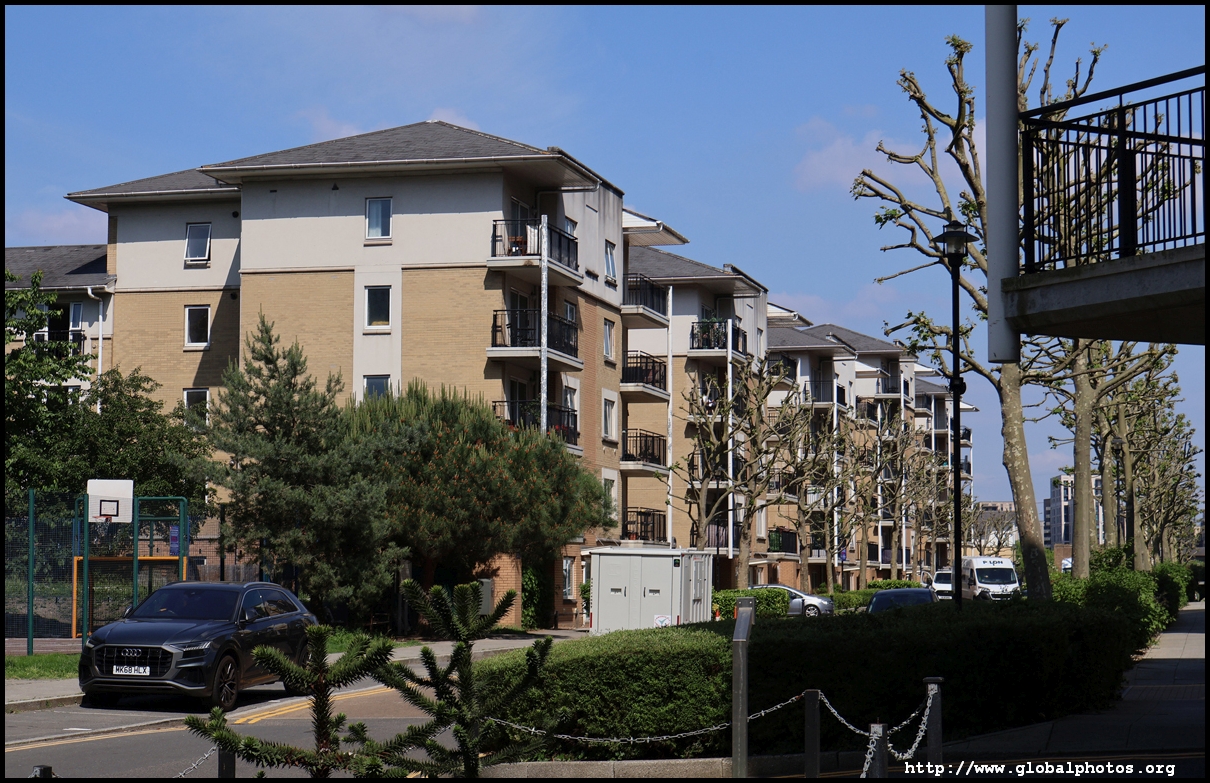

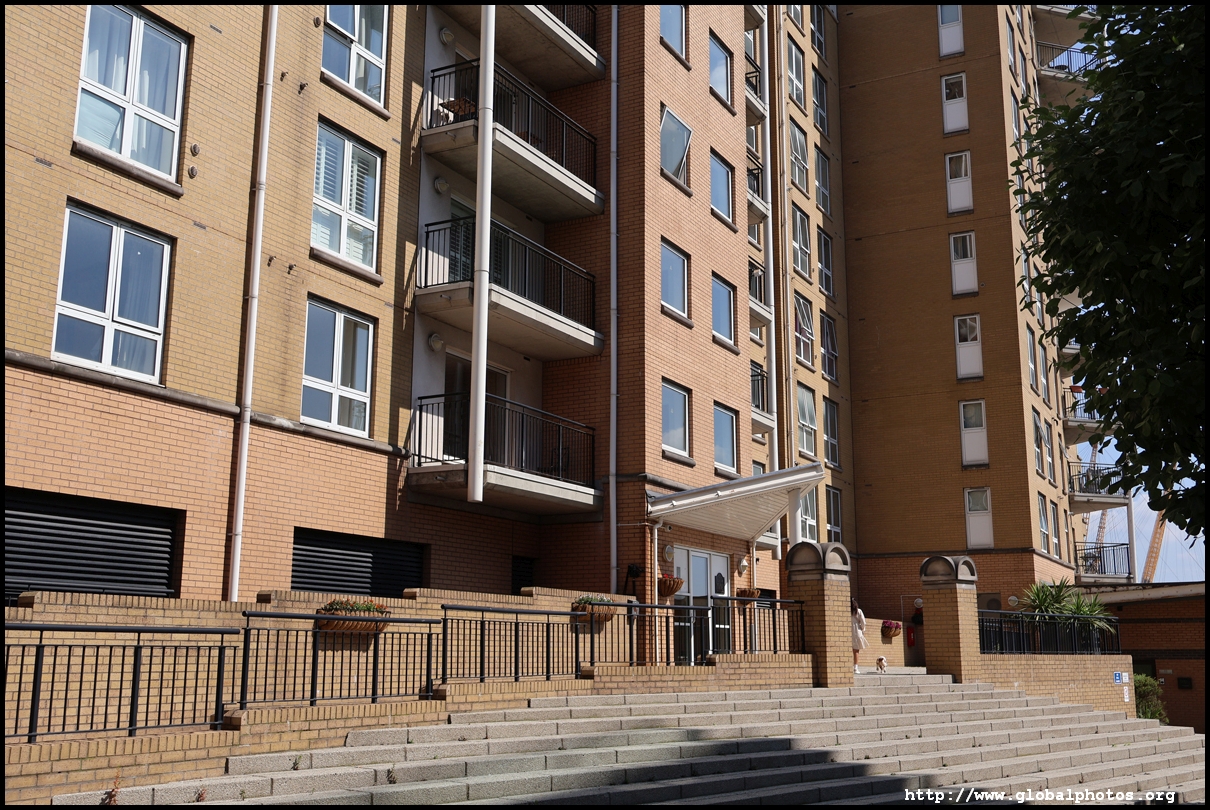
Being formerly docks, the redeveloped zones take advantage of the Thames riverfront with promenades. Unlike the busier Thames Path sections closer to Tower Bridge, these sections are quiet despite the impressive views.


|

|

|
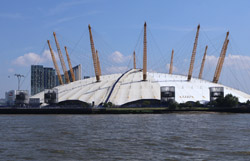
|
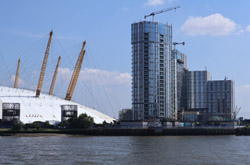
|
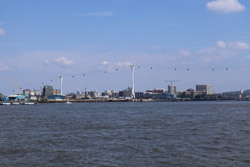
|
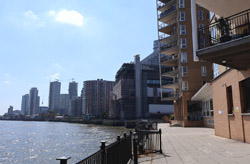
|
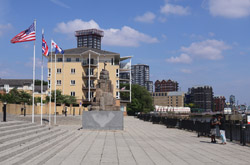
|
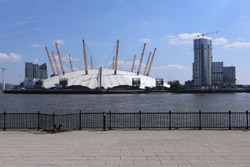
|
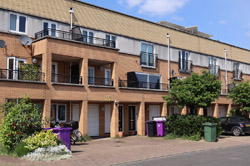
|

|
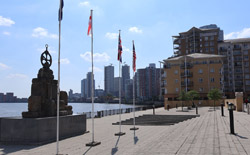
|
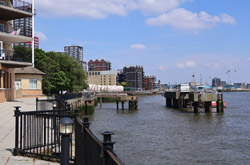
|
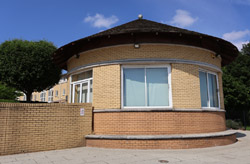
|

|
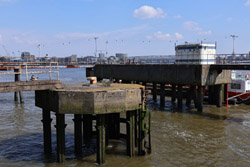
|

|
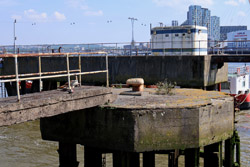
|

|
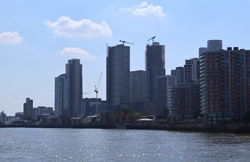
|

|
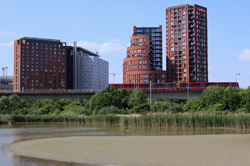
|
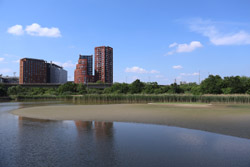
|
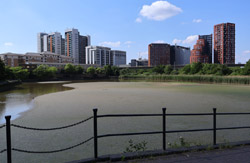
|
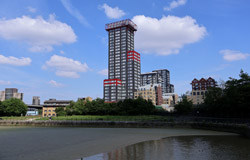
|
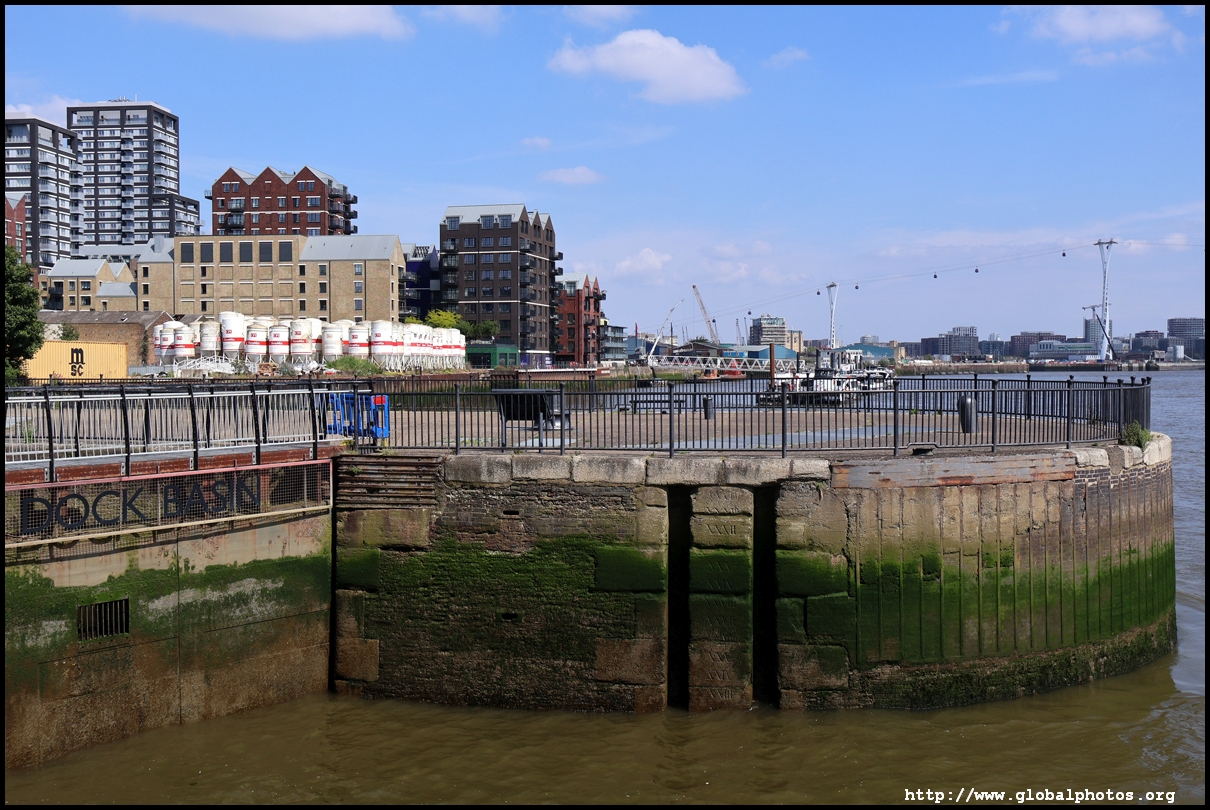
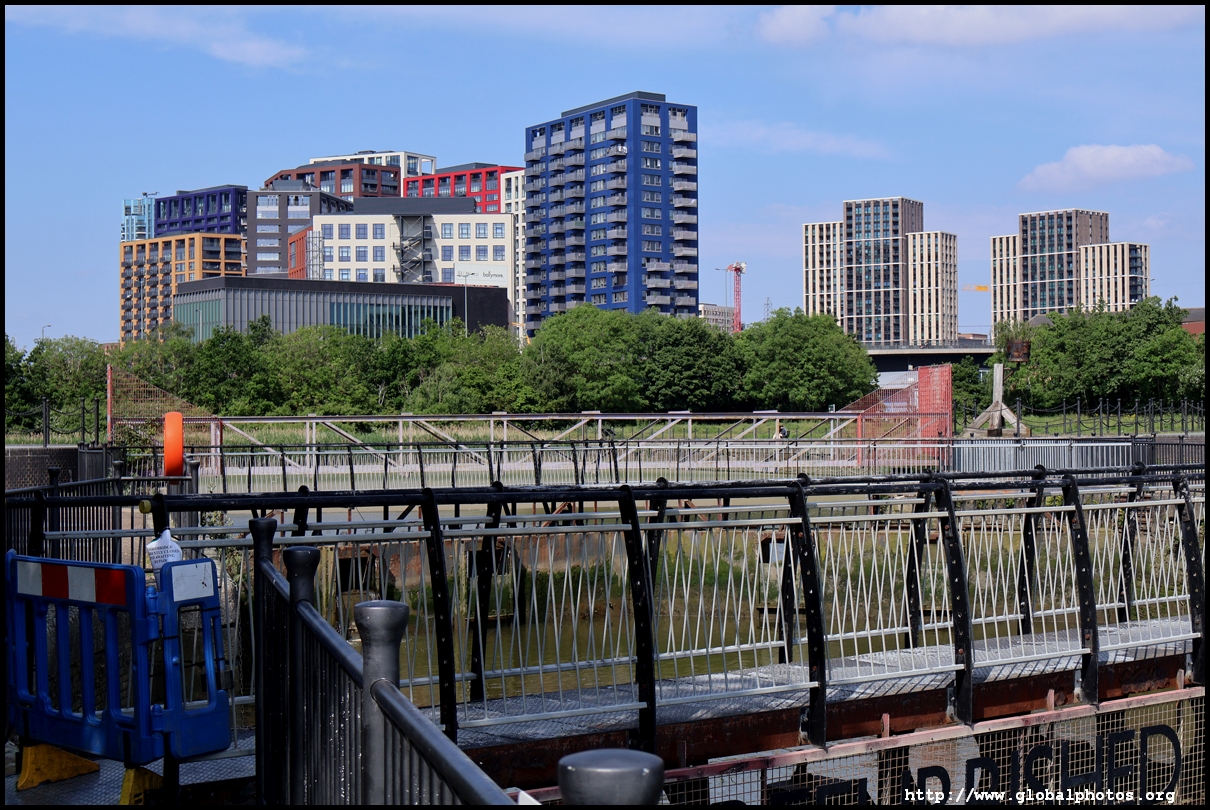


On the other side of the basin is another up-and-coming development.
|
Trinity Buoy Wharf is a new residential redevelopment that has incorporated historical elements such as the Experimental Lighthouse, the only one remaining in London. Built in 1864, it was used to develop lighting equipment and train lighthouse keepers rather than for shipping navigation, until it closed in 1988.
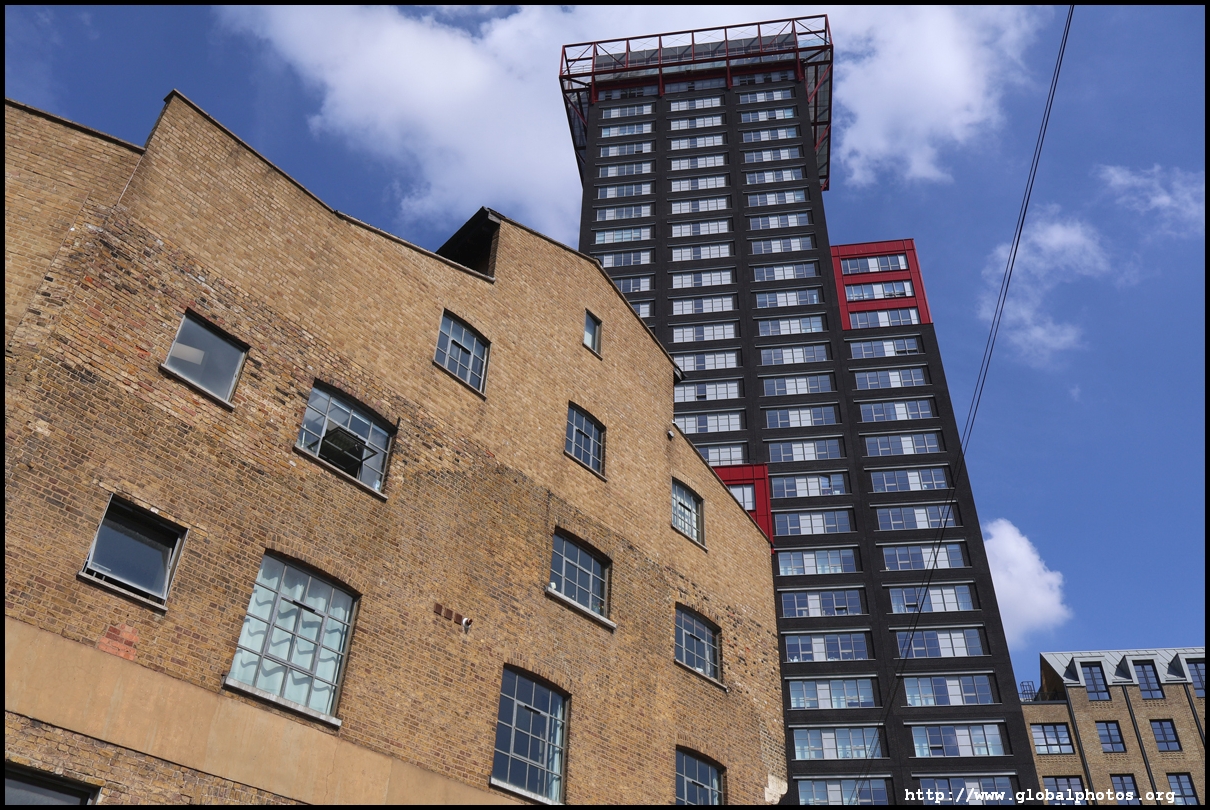

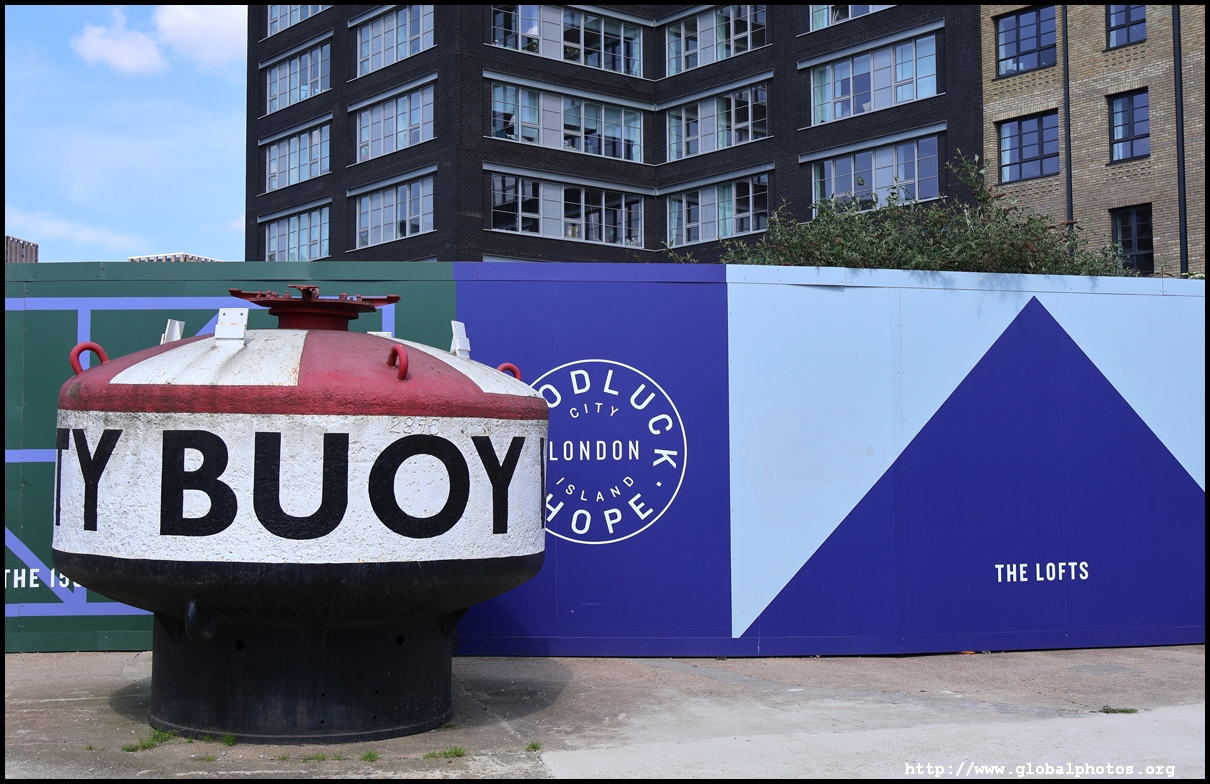
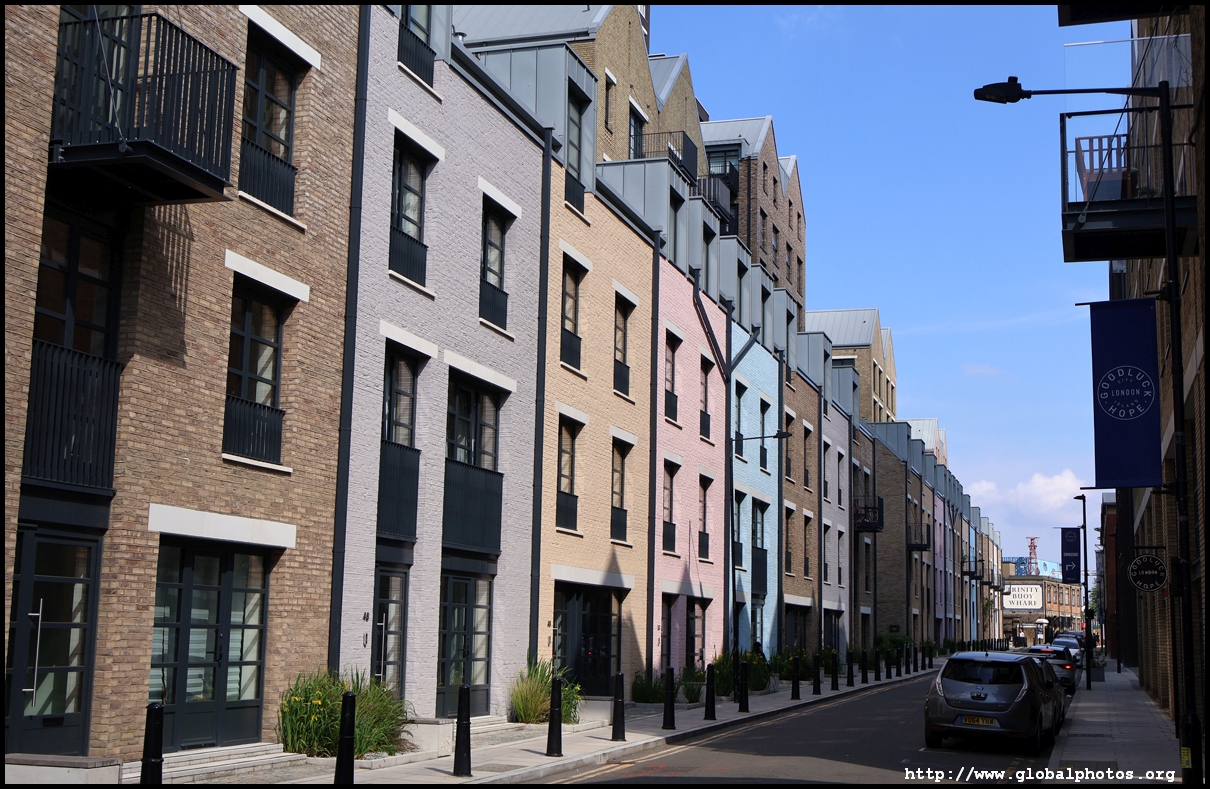

|
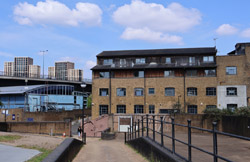
|

|

|

|
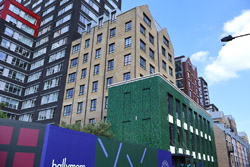
|

|

|
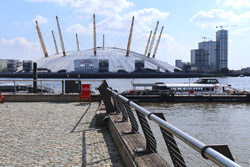
|
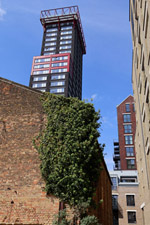
|

|
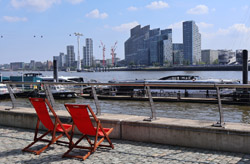
|

|
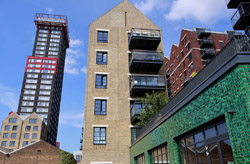
|
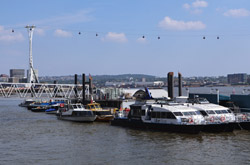
|

|
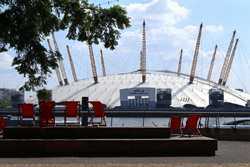
|
Similar to the East India developments, there is a nice waterfront promenade with views of O2 Arena on the other side.

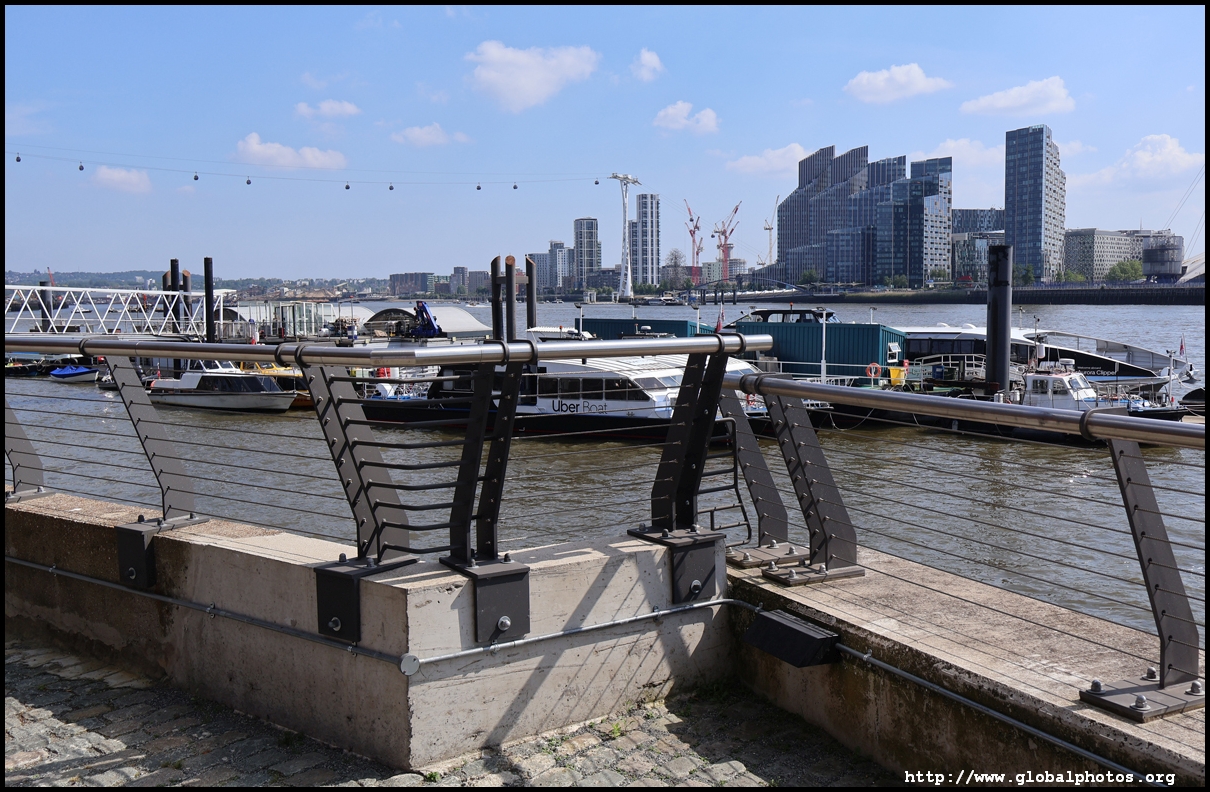

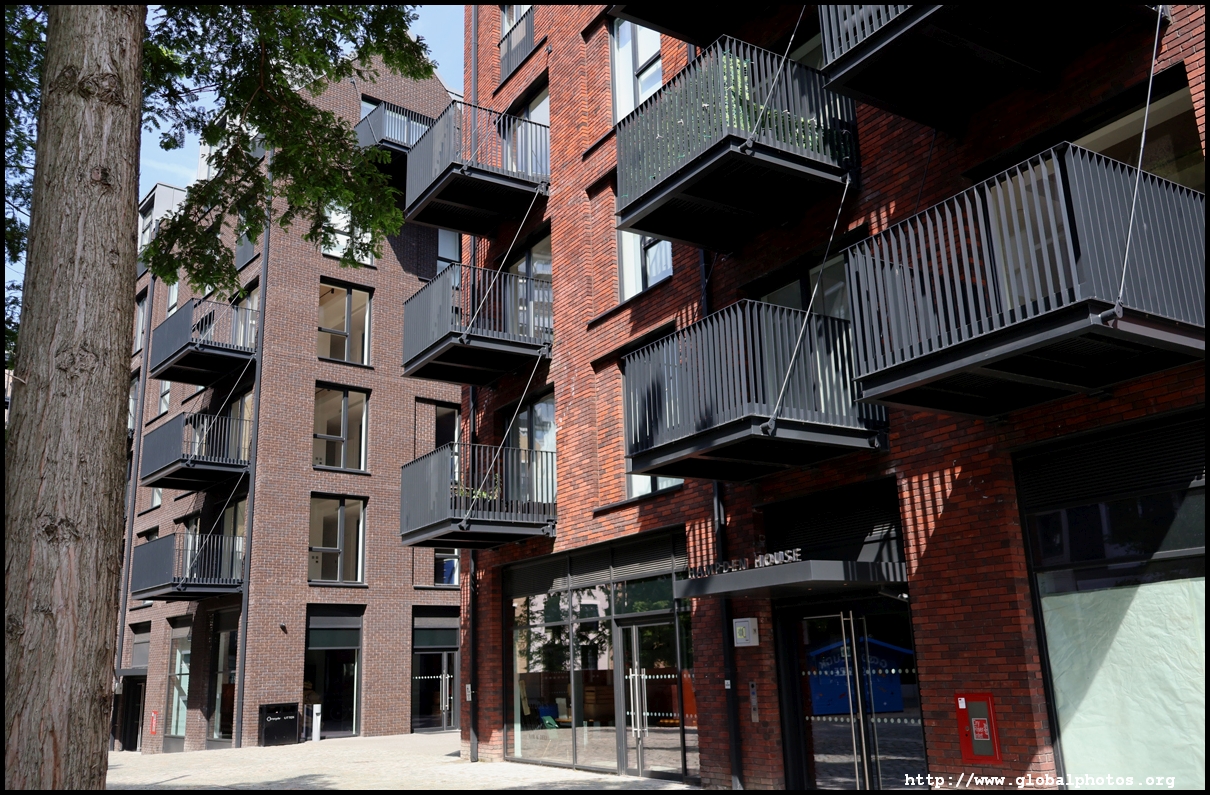

|

|

|

|
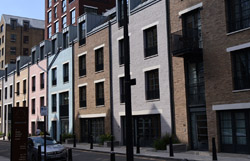
|
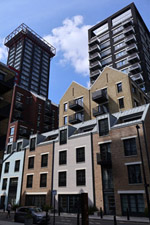
|
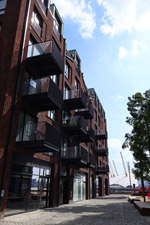
|

|
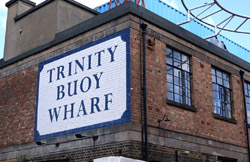
|
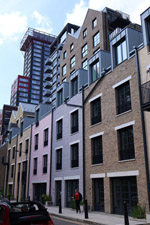
|
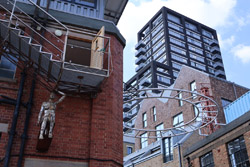
|

|
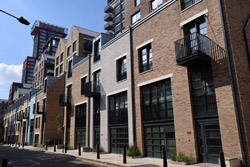
|

|
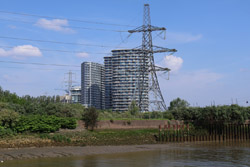
|
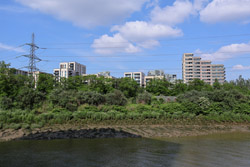
|

|
The area around the lighthouse includes various historic buildings, moored ships, and Container City, which was built in 2001 and 2002 as work studios and apartments by reusing shipping containers.
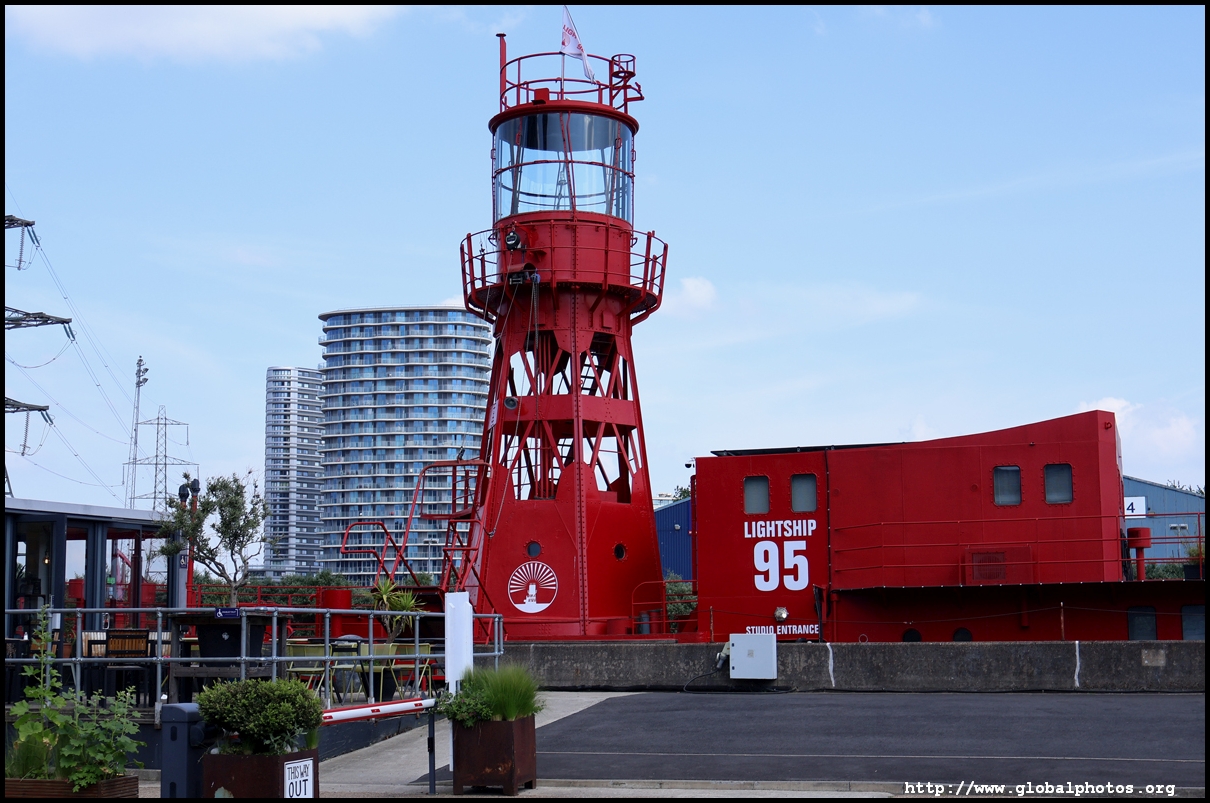
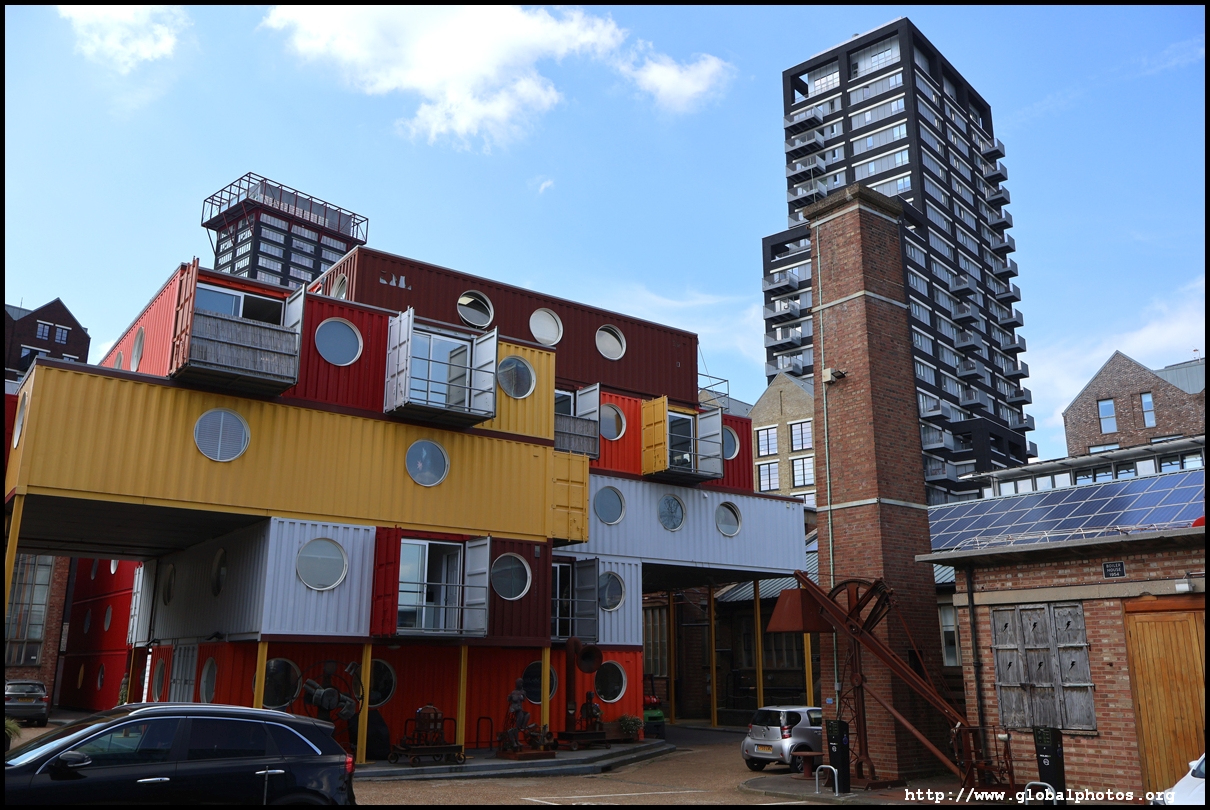
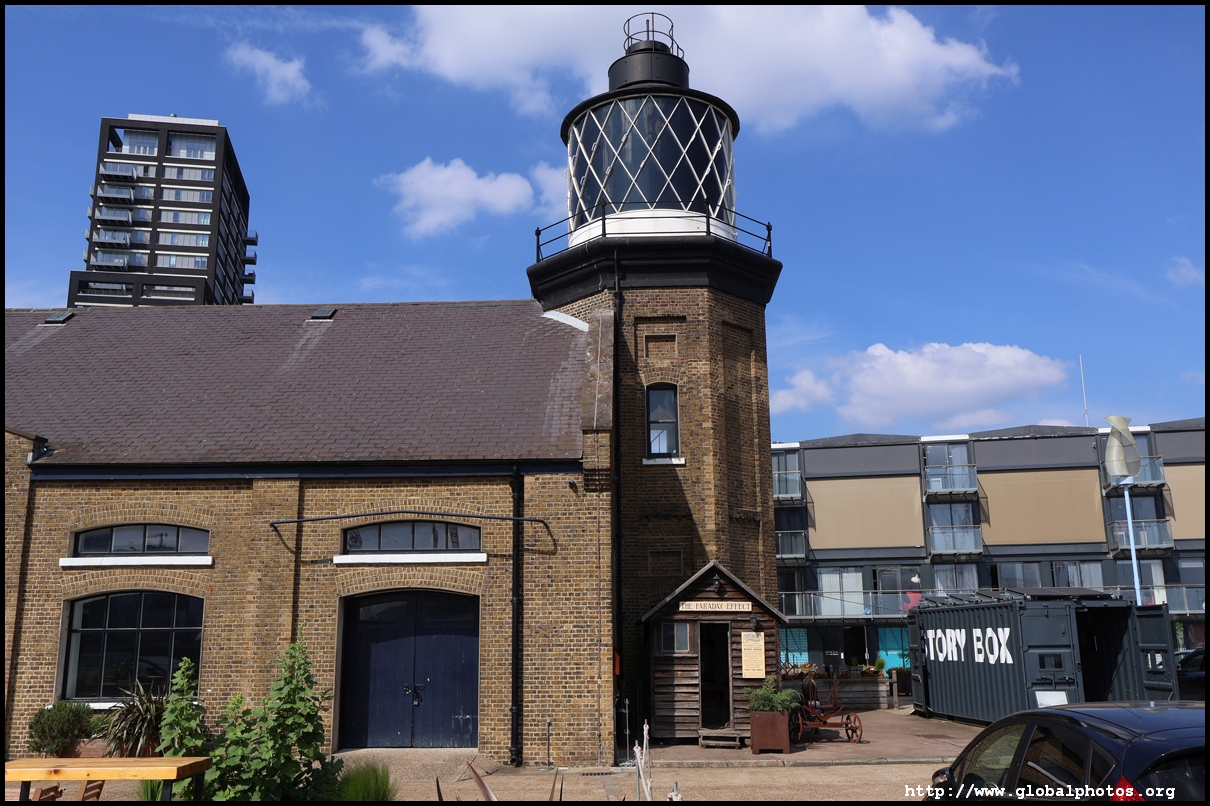
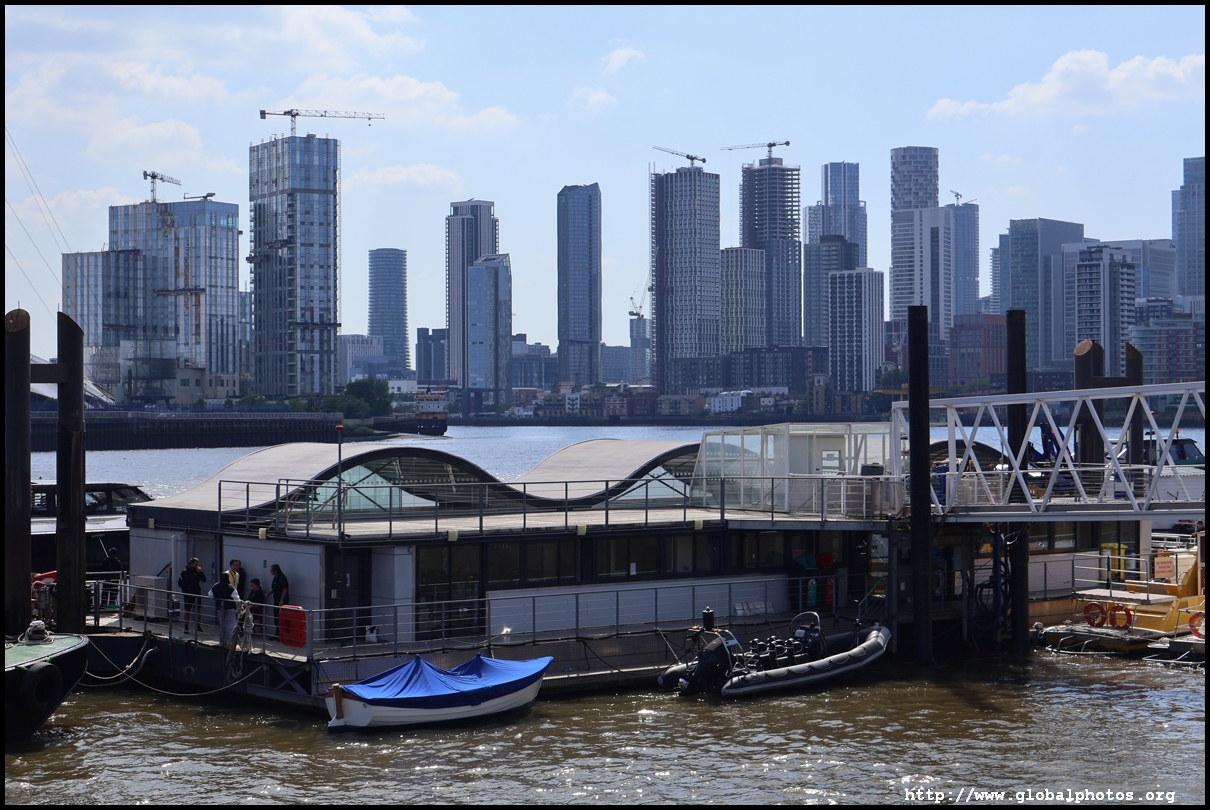

|
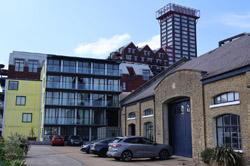
|
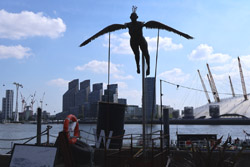
|
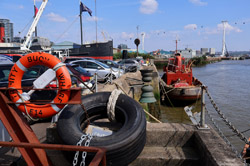
|
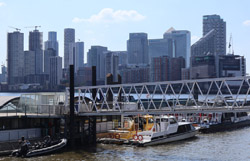
|

|
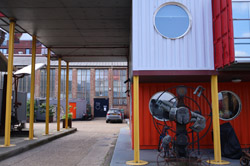
|
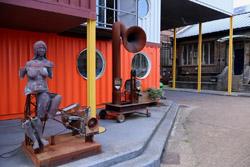
|
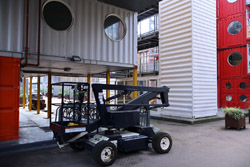
|

|
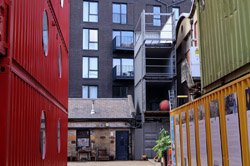
|

|
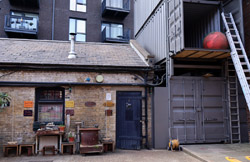
|

|

|
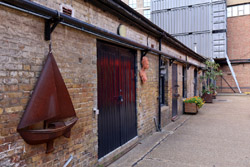
|
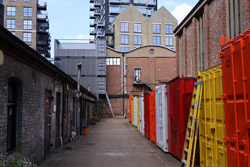
|
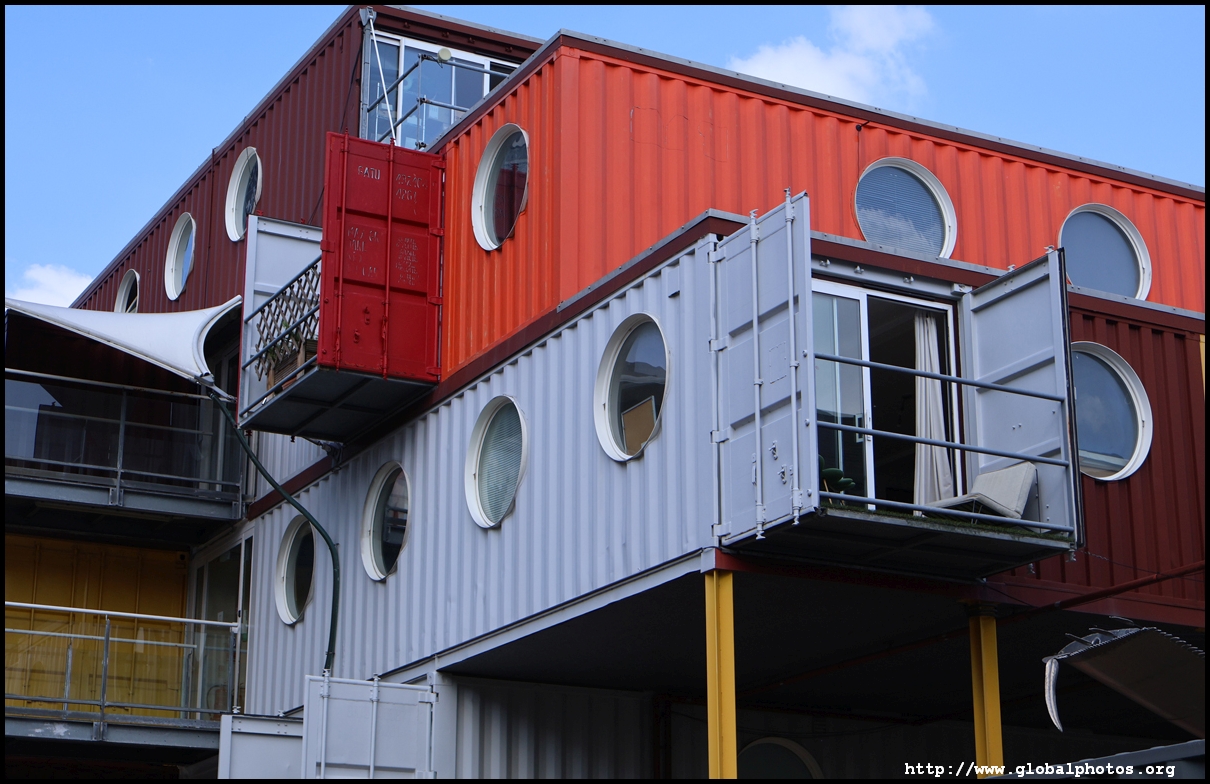
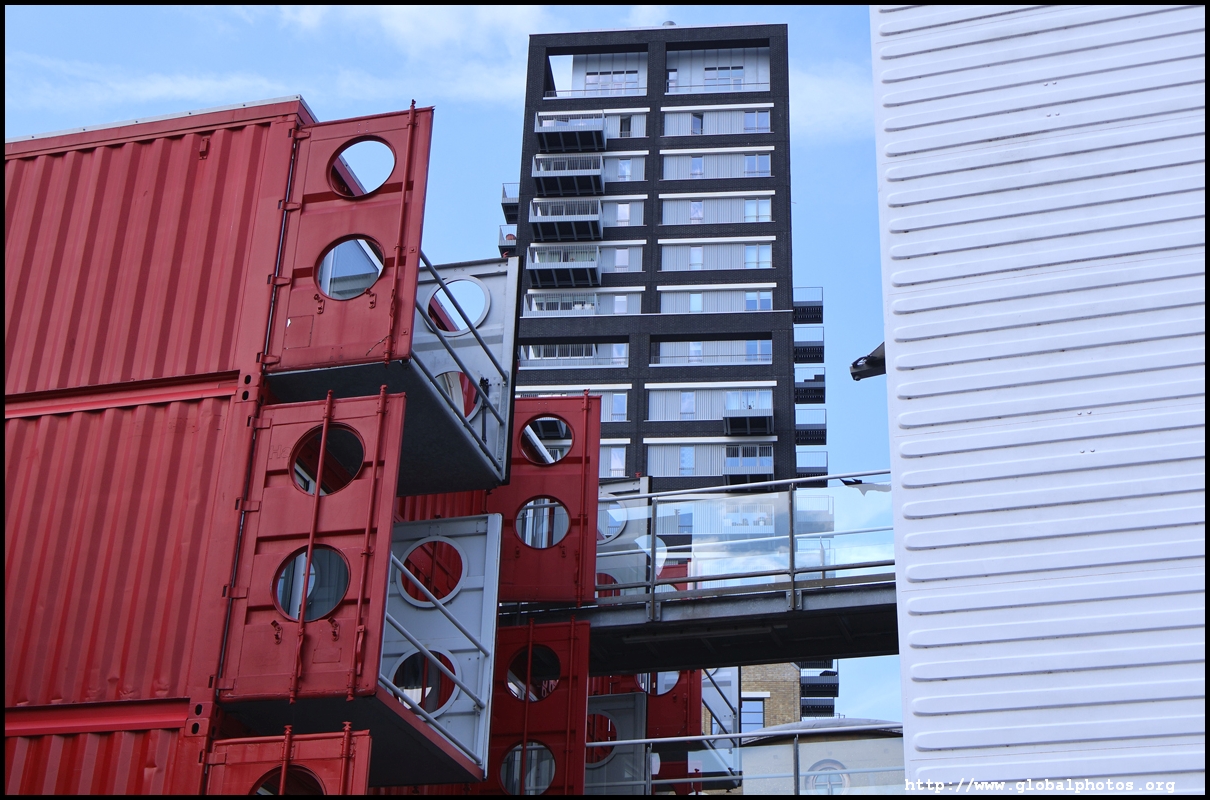

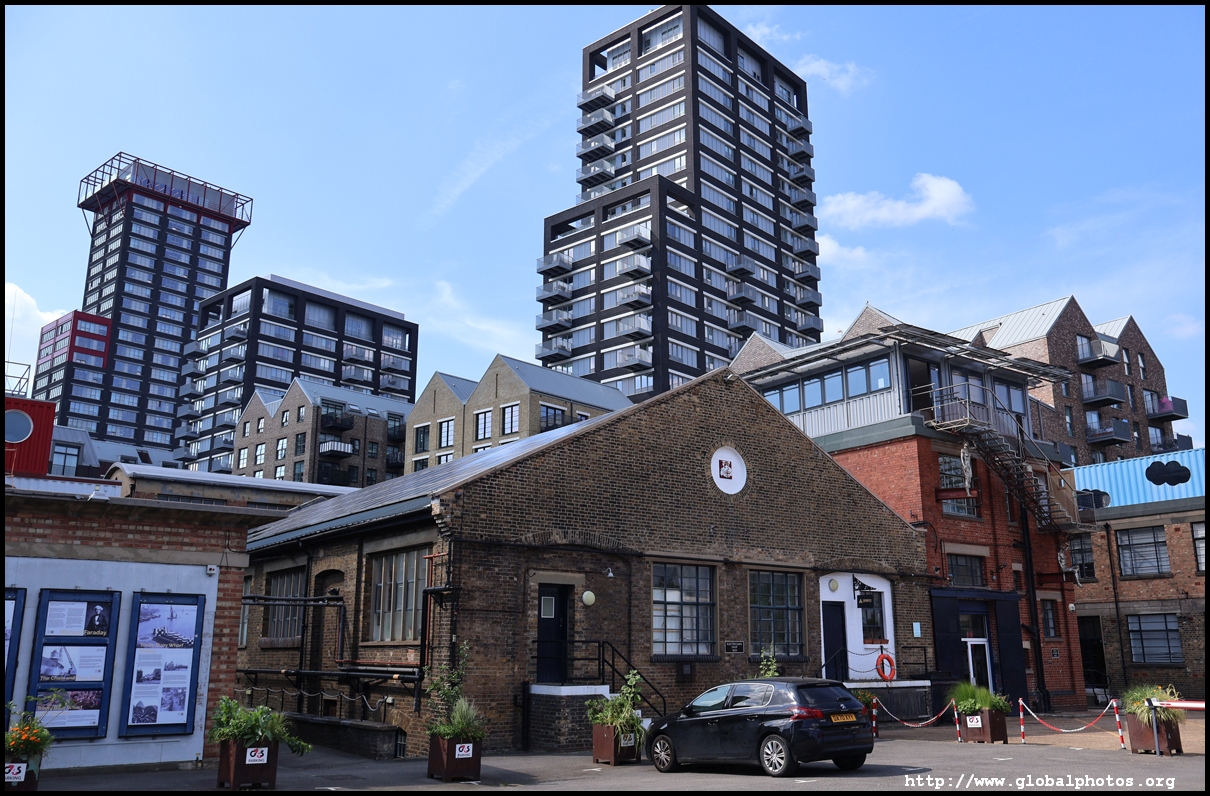
|

|

|
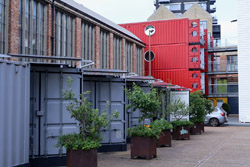
|

|
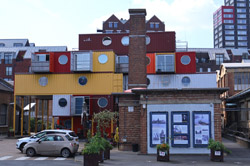
|
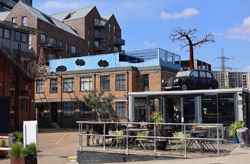
|
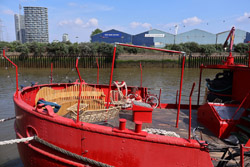
|

|

|

|
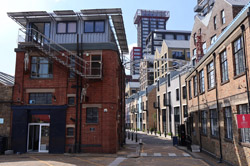
|
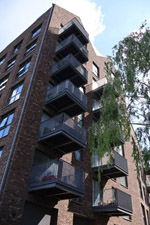
|
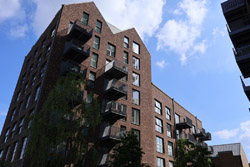
|

|

|

|

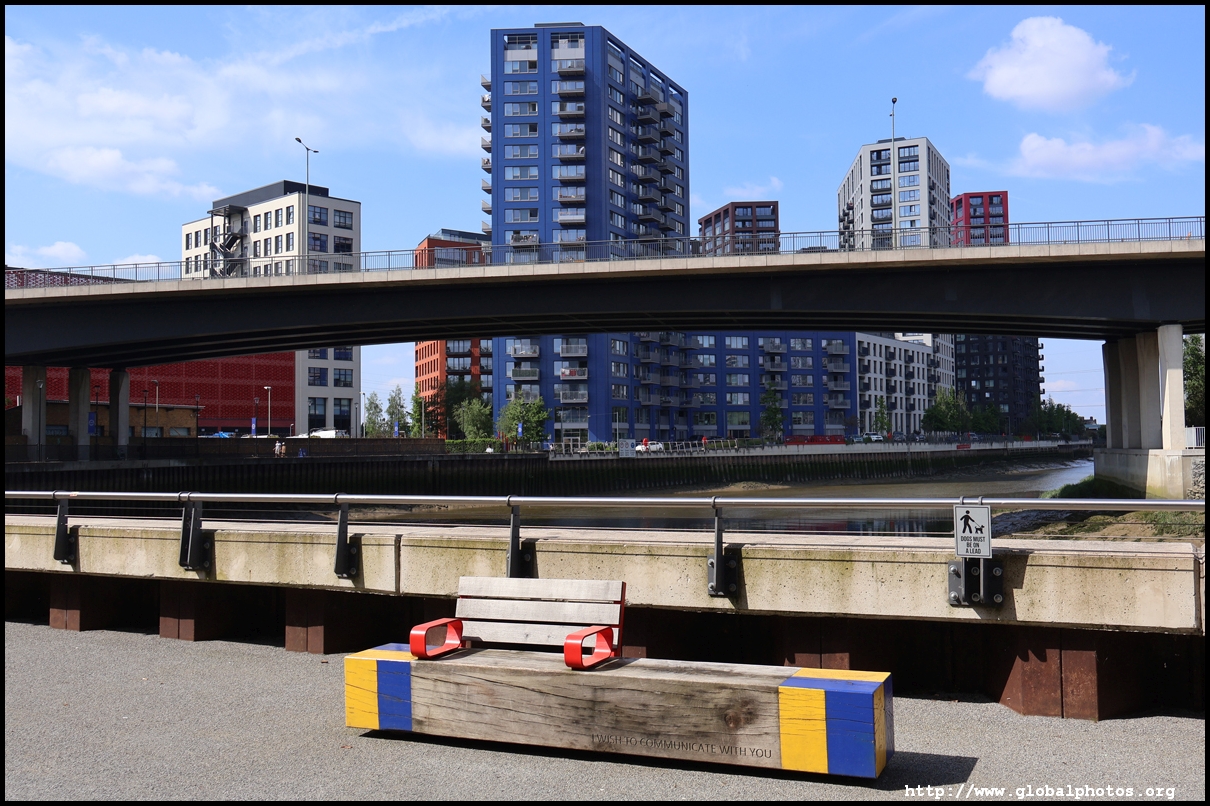

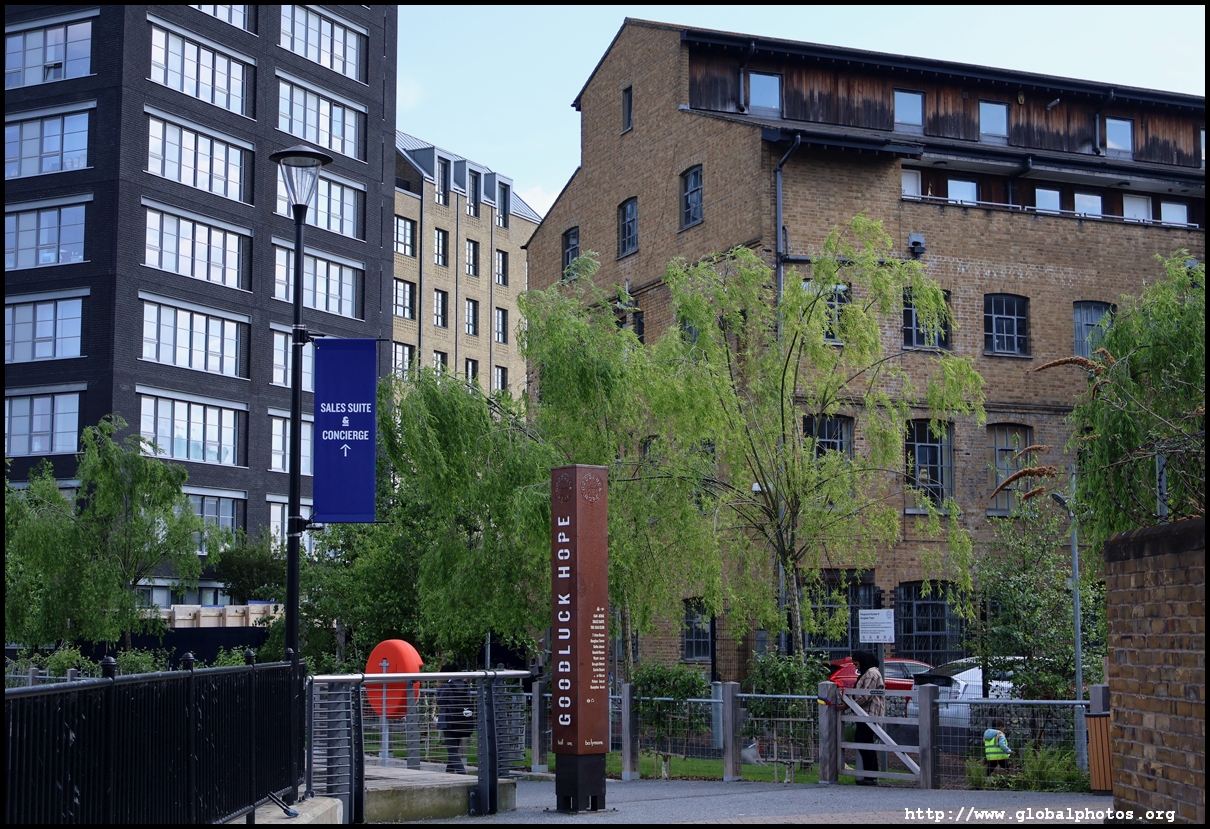
|
A bit further east, I reached Pontoon Dock station to see the Thames Barrier. This area is also a new residential area but is still fairly serene despite being quite close to the tip of the airport runway.


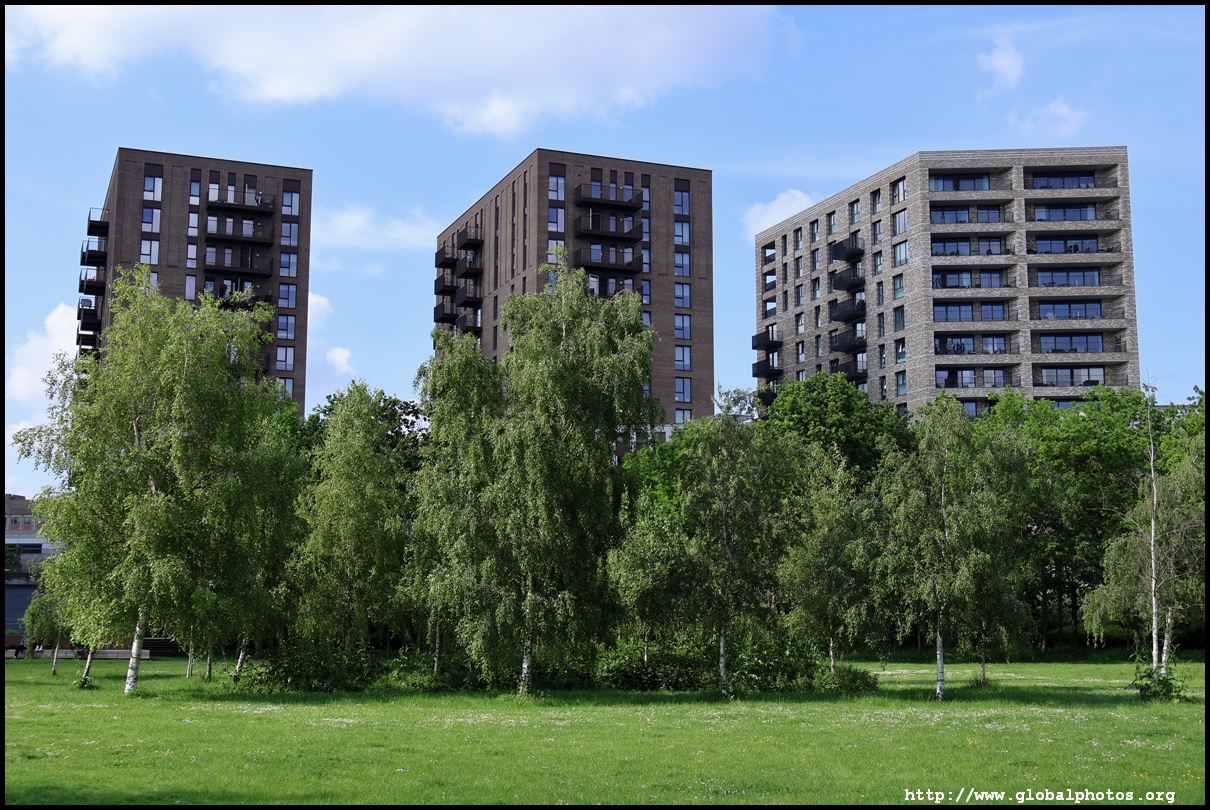
|
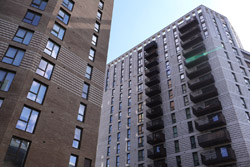
|

|
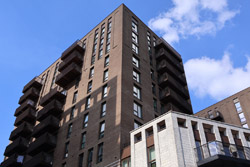
|
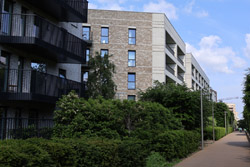
|

|
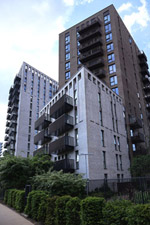
|
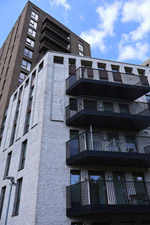
|
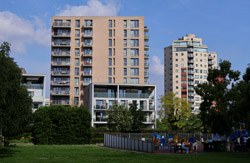
|
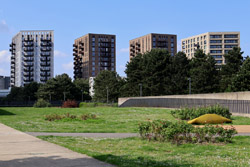
|

|
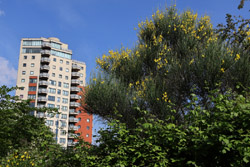
|
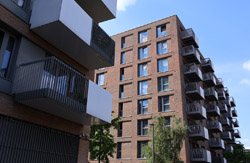
|
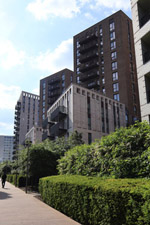
|

|
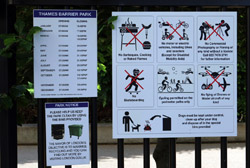
|

|
The Thames Barrier is a flood prevention mechanism with 10 steel gates that span 520m across the river to protect 125 square kilometres of the city from tidal surges.
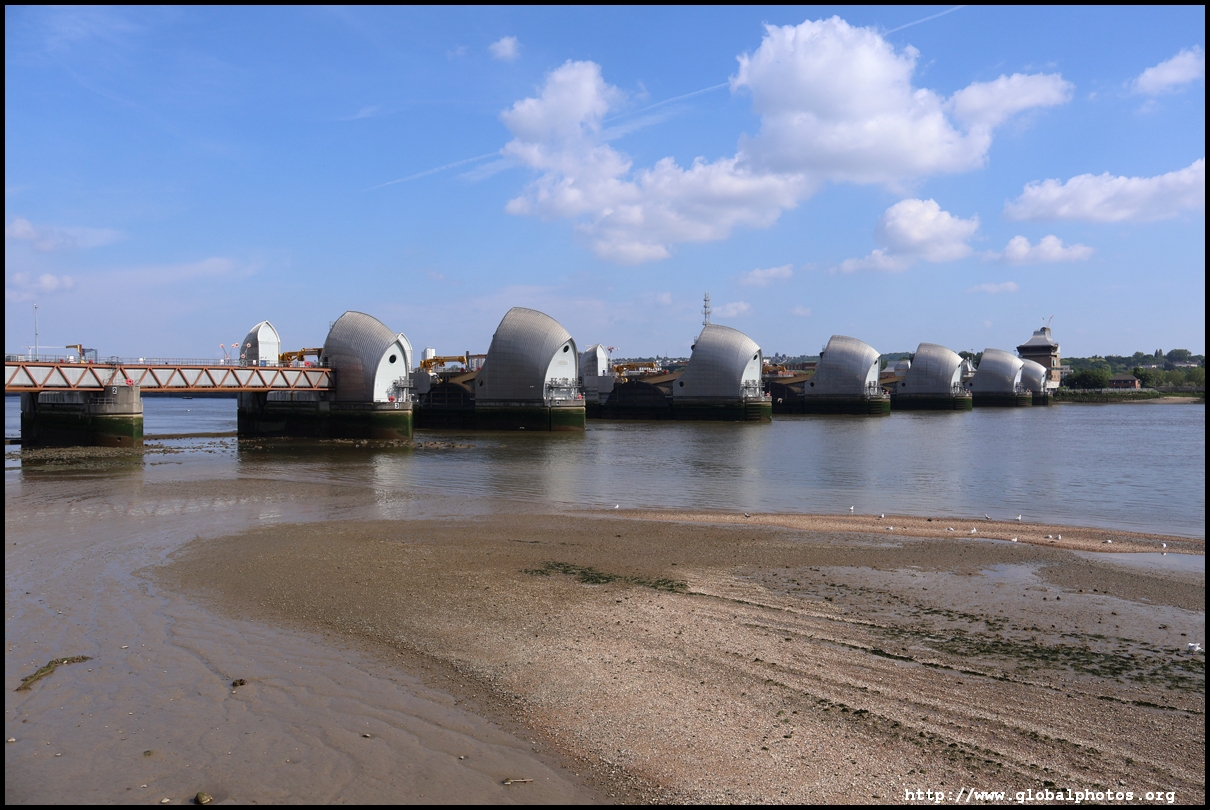
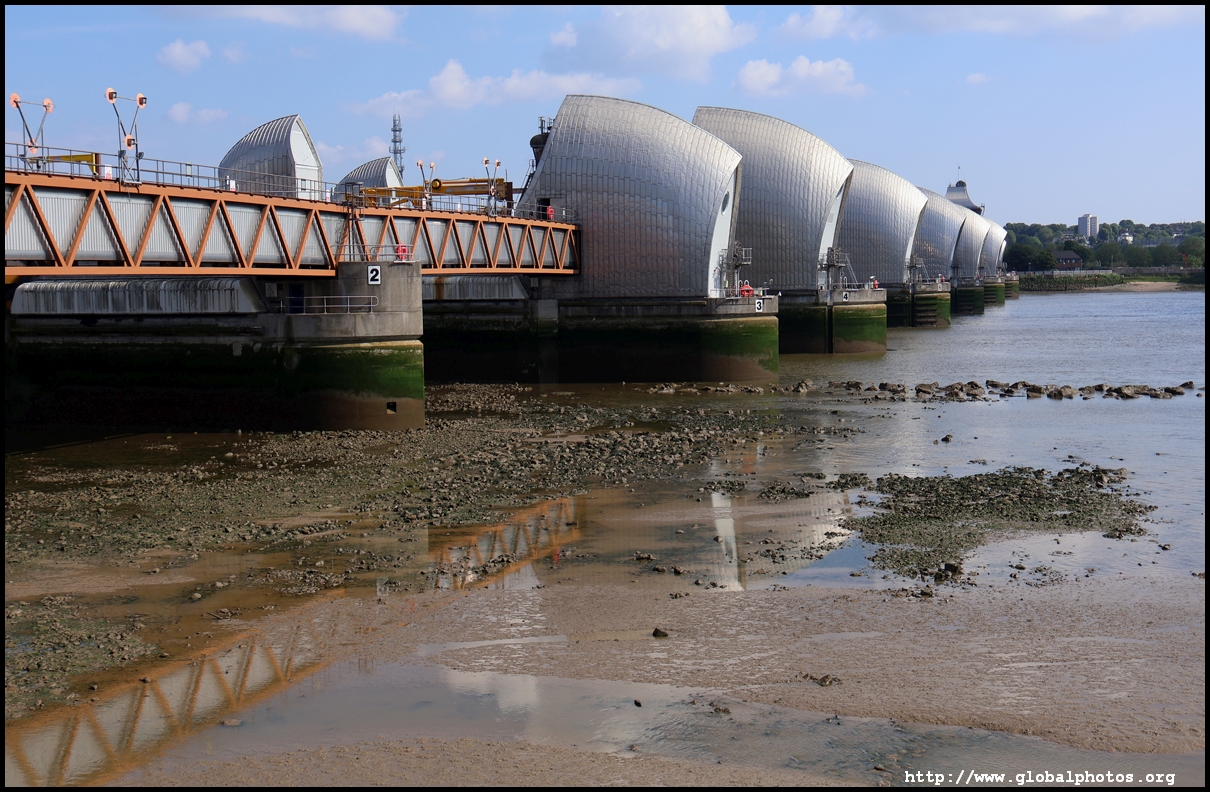
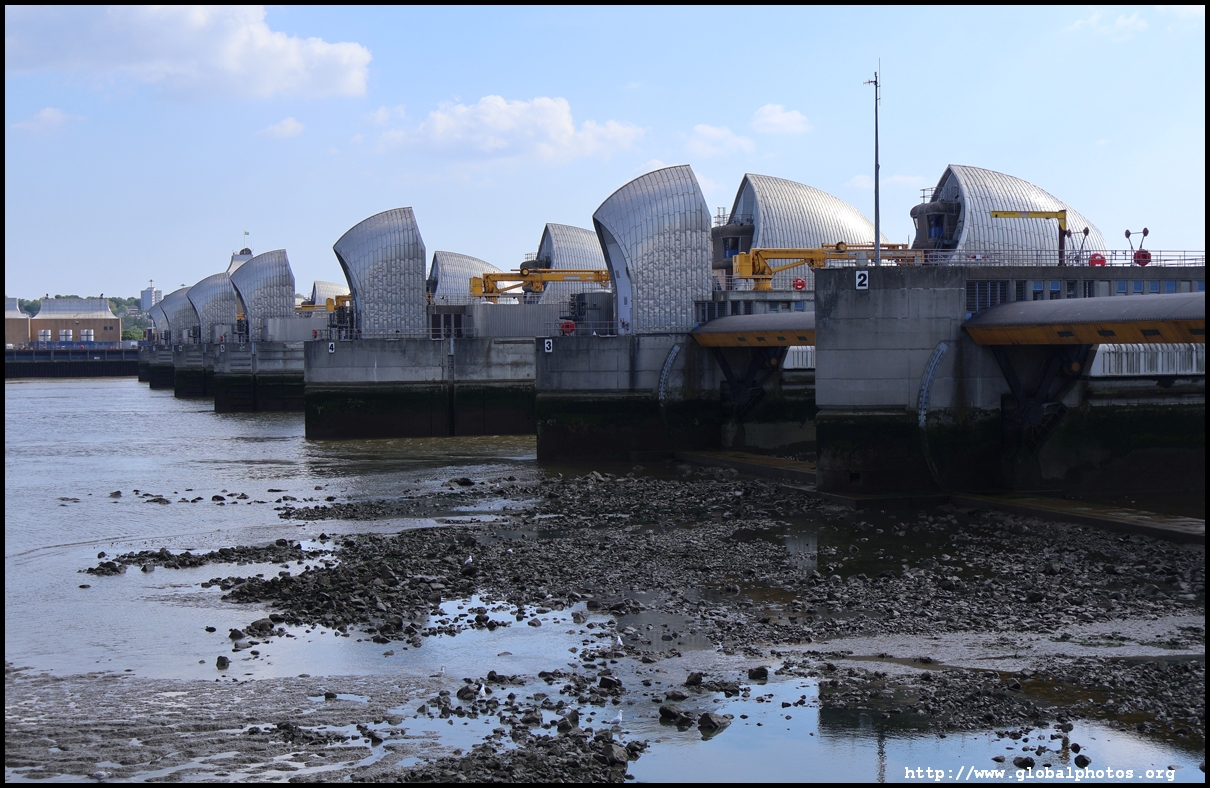
In the distance are new towers that have risen at the Royal Arsenal in Woolwich, which is the end of the DLR with a connection to the Elizabeth Line for a quick commute back to the city.
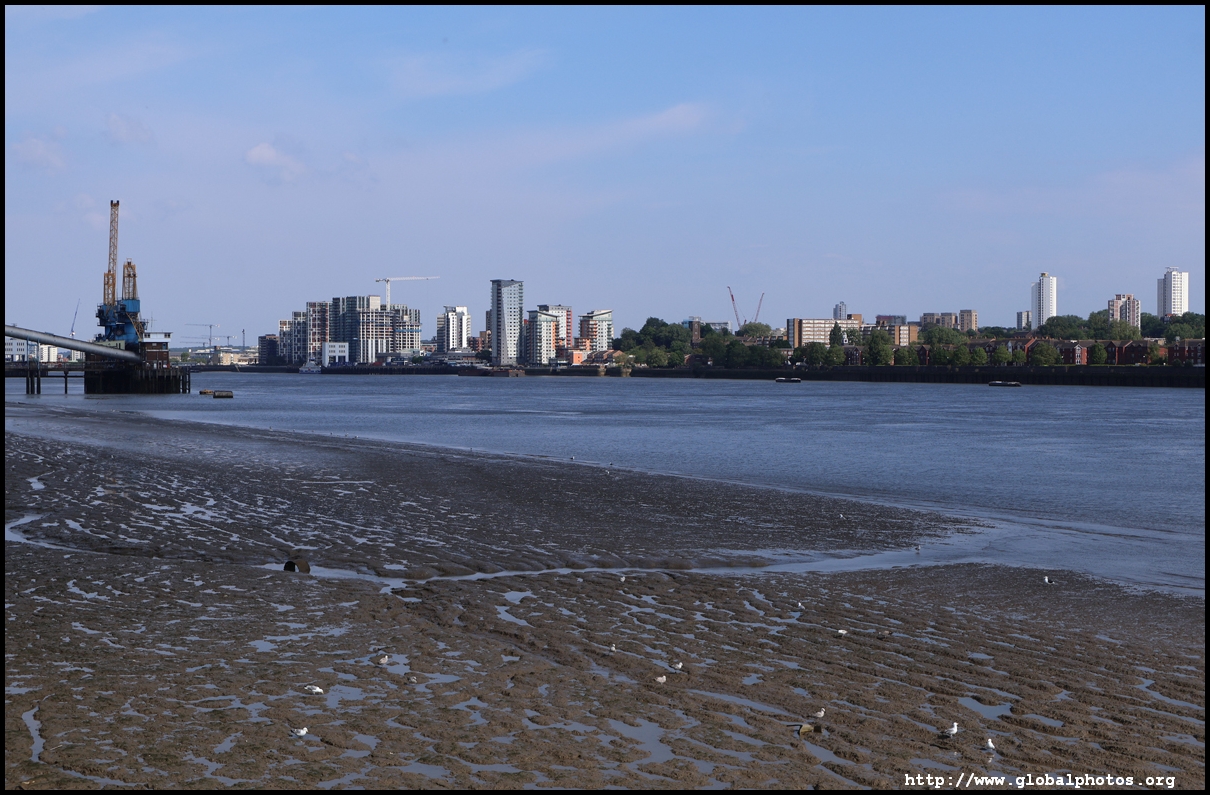
|